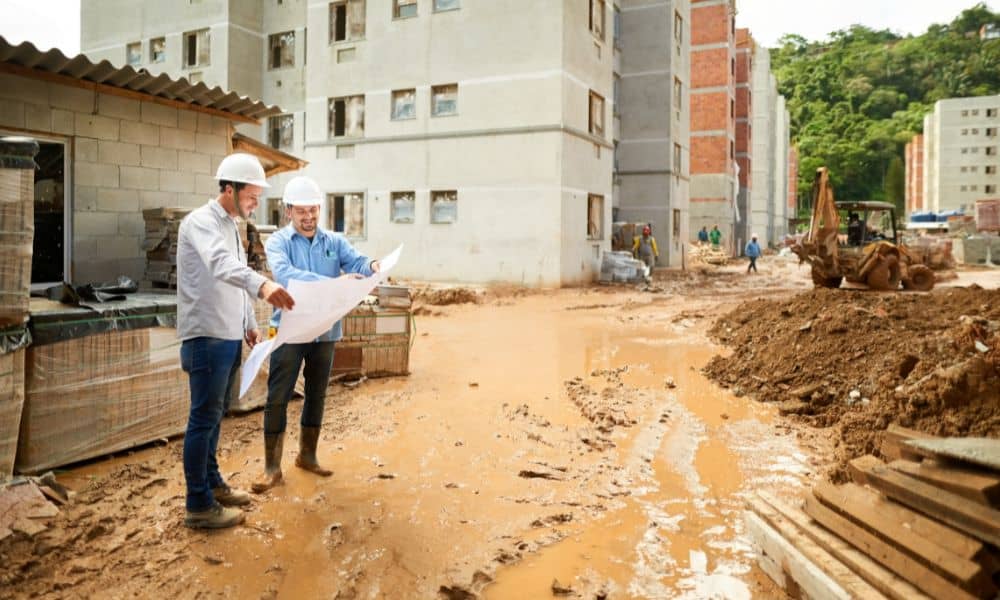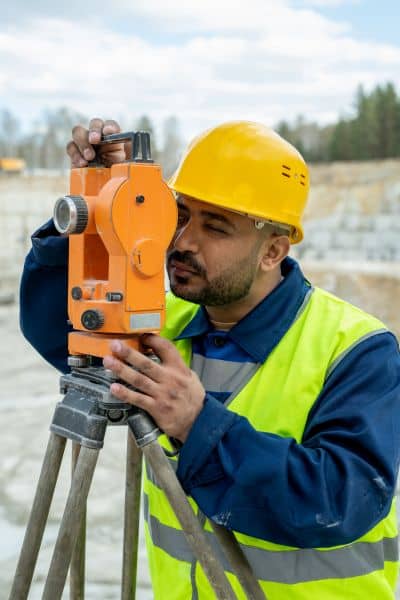
If you’ve started building an Accessory Dwelling Unit (ADU), you’ve probably seen costs rise fast. Permits, design, grading, and utilities all add up. But one expense that surprises many homeowners is the loan closing survey. It often shows up near the end—just when you think everything’s wrapped up—and suddenly there’s another line item worth a few thousand dollars.
So why does it happen? And is it really necessary?
Not long ago, a homeowner in Los Angeles posted on Reddit:
“Why is my ADU costing $15,000 in the survey alone?! I already paid for a topo and site plan, and now the bank says I need another one before closing!”
That post took off. Dozens of others jumped in with similar frustrations—confused about survey names, angry about repeated costs, and unsure who to blame.
The architect said, “Ask your surveyor.” Surveyors said, “Ask your lender.” And the homeowners? They just wanted their backyard unit finished.
Let’s be fair: $15,000 isn’t just for one survey. In LA’s hillside neighborhoods or dense urban lots, you often need several. Each one serves a different purpose.
First comes the topographic survey—the map that shows your property’s shape, slope, and elevations. The architect uses it to design the ADU and submit drawings to LADBS.
Next, you might need a boundary or property line survey to verify setbacks or resolve fence disputes. If construction has started, a construction staking survey helps mark the exact location of foundations or retaining walls.
Then comes the one most people don’t expect: the loan closing survey.

A loan closing survey—sometimes called a mortgage survey—isn’t for design or construction. It’s for your lender. Banks want proof that:
This survey protects the lender’s investment. If there’s an issue later—say, a new garage crosses an easement—the bank could face a title or foreclosure problem. So they require a fresh survey right before closing to verify that everything is legally sound.
The catch? Even if you already paid for a detailed topo or site plan, it often can’t be reused. The lender needs their own certified version, sealed by a licensed land surveyor, with specific wording that satisfies loan and title requirements.
Most homeowners aren’t told early on that their loan closing survey is a separate product. That’s why it always feels like a surprise.
Architects focus on design approvals, not lender paperwork. Contractors focus on foundations and inspections. And lenders assume you know the survey differences.
By the time you reach escrow, you’re mentally finished—and suddenly the title company says, “We still need a closing survey.”
No one is hiding it on purpose. The confusion comes from timing. Design surveys happen first; loan surveys happen last. And when they’re not coordinated, you pay twice for similar work.
A simple flat lot in the Midwest might get a survey done for $800. But Los Angeles is a different beast.
Many neighborhoods sit on slopes, canyon edges, or oddly shaped parcels that need more fieldwork. Utility lines may be buried under old retaining walls. Historical subdivision records can be scattered across city and county archives.
Even verifying property corners can take hours, because surveyors must locate old monument markers and cross-check with the County’s digital records. Add multiple site visits, and the price goes up fast.
So while $15,000 sounds shocking, it can include several surveys—topo, boundary, staking, and that final loan closing survey the lender needs to sign off your loan.
Here’s a quick look at what homeowners typically spend:
| Survey Type | Purpose | Who Requires It | Typical LA Cost |
| Topographic Survey | For ADU design, grading, and drainage | Architect, LADBS | $3,000 – $5,000 |
| Boundary Survey | Confirms property limits and setbacks | LADBS / Owner | $1,500 – $3,000 |
| Construction Staking | Marks where the ADU will be built | Contractor | $1,000 – $2,500 |
| Loan Closing Survey | Certifies property details for lender and title company | Lender, Title Company | $1,500 – $4,000 |
The key is knowing which one you need and when. Paying for one at a time without coordination is what drives those $15,000 Reddit horror stories.
That viral Reddit thread wasn’t just about anger—it was about confusion. Homeowners weren’t wrong to feel blindsided. The system itself is fragmented, with different professionals handling each phase of the project.
But understanding how each survey fits together changes everything. When you plan for the loan closing survey from day one, it stops being a surprise. It becomes part of your financing strategy—something you can schedule, budget, and control.
And if you’re working with a licensed land surveyor who’s familiar with both LADBS plan checks and lender certifications, you’ll likely save money in the end.
Los Angeles is full of homeowners trying to add space or income through ADUs. It’s exciting, but the process is complex. Surveys are part of that complexity—not because anyone’s trying to overcharge, but because each step serves a different purpose.
Next time someone on Reddit says, “My ADU survey cost $15,000,” you’ll know why. And you’ll know how to avoid it.
If you’re building, refinancing, or closing on an ADU, talk to your surveyor early. Ask about loan closing survey options that can double for both your lender and your city permit. It’s one of the simplest ways to keep your project—and your budget—on solid ground.